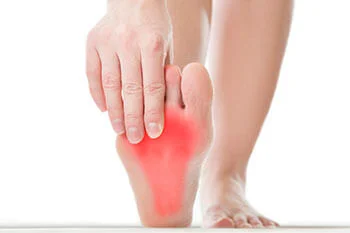Table of Contents
Introduction
Clubfoot, a congenital condition, impacts the development of a newborn’s foot or feet, leading to an abnormal position. The foot is turned inward and downward, resembling the shape of a golf club, hence the name. While the exact cause is not always clear, both genetic and environmental factors can play a role. During pregnancy, abnormal positioning of the baby’s feet in the womb can contribute to developing clubfoot. Early treatment of this condition is important and generally begins within weeks of birth. The Ponseti method, a non-surgical approach involving gentle manipulation and casting, is a common treatment. Braces are used to maintain correction after the casting phase. In some cases, surgery may be necessary. Timely intervention and comprehensive treatment enable children with clubfoot to lead active, fulfilling lives. If your child has been born with clubfoot, it is strongly suggested that you contact a podiatrist who can determine what the best course of treatment is to pursue.
Some foot conditions may require additional professional care. If you have any concerns, contact one of our podiatrists of Integrative Foot & Ankle Centers of Washington. Our doctors can provide the care you need to keep you pain-free and on your feet.
Rare Foot Conditions
The majority of foot conditions are common and can be treated by a podiatrist. Standard diagnostic procedures are generally used to identify specific conditions and treatment can be rendered. A podiatrist also treats rare foot conditions which can be difficult to diagnose and may need extra attention and care.
There are many rare foot conditions that can affect children. Some of these can include:
- Freiberg’s disease
- Kohler’s disease
- Maffucci syndrome


